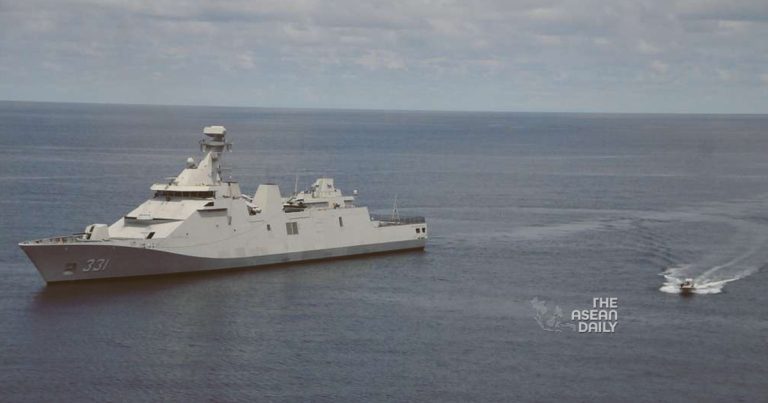3-8-2023 (SINGAPORE) The Association of Southeast Asian Nations (ASEAN) is gearing up for a landmark moment with its first-ever joint naval exercise as a bloc, scheduled for next month. As the group confronts various formidable challenges to its interests and diplomatic centrality in the Asia-Pacific region, the upcoming drill carries significant implications.
One of the pressing concerns for ASEAN is the intensifying rivalry between the United States and China, which has wide-ranging implications for the region’s stability. Additionally, the ongoing crisis in Myanmar has not only divided ASEAN but also raised doubts about the group’s ability to effectively address pressing issues. Moreover, the emergence of alternative forums such as AUKUS and the Quad, along with discussions of a NATO office in Japan, have presented new dynamics in regional diplomacy. Notably, China’s assertiveness in the South China Sea remains a point of contention.
The joint naval exercise could have been a bolder move, but Cambodia’s opposition has led to a shift in location. Initially proposed to be held within the South China Sea, the exercise will now take place outside of China’s expansive claim. Cambodia argued that conducting the drill in the North Natuna Sea could unnecessarily upset China.
While this decision may dampen ambitions to bolster security cooperation within ASEAN, it should not dissuade Indonesia and other member nations from revisiting the idea of a collective naval exercise in waters falling under China’s infamous “nine-dash line.” Such a move would align with international law and policy and reinforce ASEAN’s original purpose of safeguarding the region against external intervention.
Established in 1967, ASEAN aimed to curb communist expansionism and manage conflicts among its member states. However, over the past decade, intervention in the South China Sea, especially by China, has escalated. Despite a U.N.-backed tribunal’s ruling against China’s nine-dash line claim, Beijing has maintained its aggressive stance.
To assert ASEAN centrality on this crucial issue without instigating great-power competition, a well-designed naval exercise within the South China Sea would be instrumental. Such an exercise, limited to ASEAN members only and conducted as a humanitarian relief operation, could challenge unjustified Chinese claims without inviting external involvement.
While China may protest, retaliating against a group of Southeast Asian nations it actively courts would be unlikely. The U.S. would likely welcome ASEAN’s action, advancing the cause of treating the area as international waters.
The exercise’s success could pave the way for regular drills, reducing the need for external powers to assert freedom of navigation rights in the South China Sea. By doing so, it could alleviate great-power tensions in the region.
However, overcoming Cambodia’s objections is a key challenge. Further discussions within the bloc may yield an acceptable plan. Alternatively, a “minilateral” approach involving willing ASEAN member states could be adopted, calling it an “informal” ASEAN exercise.
This significant step is in line with ASEAN’s original purpose and can bolster the bloc’s credibility while potentially reducing regional tension. As Indonesia prepares to pass the role of ASEAN chair to Laos, seizing this opportunity is crucial, particularly considering Laos’ susceptibility to Chinese influence.
The upcoming joint naval exercise is an opportunity for ASEAN to assert its unity and relevance in the face of geopolitical challenges.




